A look at the use of fish trimmings in aquafeeds from the GAIN project, funded by the EU Horizon 2020 Fund
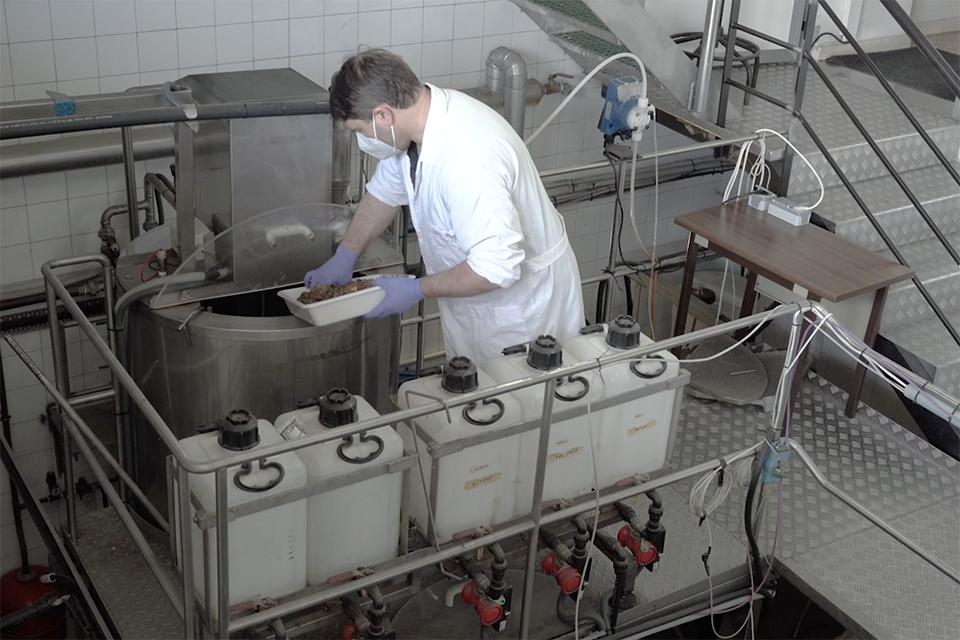
This is the second article in our series on the circular economy. This is part of a larger three-part series on sustainable aquaculture intensification in Europe, focused on precision aquaculture, sustainable feeds and the circular economy. This work from the GAIN project is funded by the EU Horizon 2020 Fund. Each part in this series takes provides an introductory glance at the three topics, then explains how outputs from the GAIN project are contributing towards it, including the applicability to industry and governance.
The process of heading, gutting and filleting of aquaculture species annually generates thousands of tons of byproducts that must be properly managed to avoid serious environmental pollution problems. In Europe, the skins, heads, viscera, skeletons and frames are mostly used as substrates for the production of fishmeal and fish oils. For many decades, and still today for some farmed fish species, fishmeal is the basis of aquaculture feeds. It is ideal to supply this need for fishmeal and fish oil through circular economy methods.
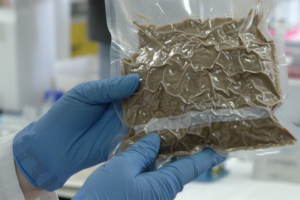
However, the current methods are less than ideal. Typically, fishmeal is obtained after the grinding, separation and thermal drying of fish discards, which is used to coagulate the protein and separate the oil. The product is profitable although there are several disadvantages. Firstly, the wastes must be transported from farms to meal plants. Secondly, this process generally produces a low-quality product. Thirdly, the environmental impacts of those plants – odors, air pollution, tailwater disposal, energy demand and water consumption – are, in most cases, huge.
In the GAIN project, researchers from IIM-CSIC have developed a very interesting alternative to bring more value to the heads, trimmings, frames and viscera of farmed turbot, salmon and rainbow trout. Through their innovations, they are able to produce high-quality fish protein hydrolysates (FPH). FPH are defined as those materials rich in proteins, peptides and free amino acids obtained from the total or partial hydrolysis of whole fish or fish waste using chemicals and/or enzymes as a proteolytic agent.
In the present approach, FPH were obtained by the hydrolysis/digestion of fish parts using a commercial protease. This process of hydrolysis, combined with steps of filtration and centrifugation, recovered clean bones and fish oils, products of potential application in human bone regeneration and animal feeds, respectively.
This procedure was successfully validated at pilot-plant scale, using novel technologies to reduce time and energy required for the final drying step, which is performed by spray or freeze-drying.
All of the steps developed for the production of hydrolysates from farmed fish are well-known in the field of chemical engineering and the operation units are easily scalable and flexible to be included in a mobile platform to process in situ on the place of waste generation, avoiding its transportation. The profitability of fishmeal production is, usually, directly proportional to the size of the meal plant.
In terms of composition, aquaculture FPH showed remarkable levels of total and soluble proteins and low amount of moisture, oils and ash. The protein fraction was mainly composed of peptides of medium-low sizes, well within the threshold recommended by aquaculture feed producers. This is one of the most valuable characteristics of FPH production: We can control the chemical properties of hydrolysates by modifying the conditions of enzyme hydrolysis and/or the downstream steps to generate tailored hydrolysates following stakeholders’ requirements.
Additionally, the content in essential amino acids was relevant as well as the bioactivities evaluated. Taking into consideration these outcomes, we believe aquaculture hydrolysates can be effective ingredients, as substitutes of fishmeal, for nutritious feeds designed for the growth of farmed fish.
Follow the Advocate on Twitter @GSA_Advocate
Now that you've reached the end of the article ...
… please consider supporting GSA’s mission to advance responsible seafood practices through education, advocacy and third-party assurances. The Advocate aims to document the evolution of responsible seafood practices and share the expansive knowledge of our vast network of contributors.
By becoming a Global Seafood Alliance member, you’re ensuring that all of the pre-competitive work we do through member benefits, resources and events can continue. Individual membership costs just $50 a year.
Not a GSA member? Join us.
Authors
-
José Antonio Vázquez
Group of Recycling and Valorisation of Waste Materials (REVAL)
Marine Research Institute (IIM-CSIC) -
Alexandra Pounds
Assistant Researcher in Aquatic Food Security
Institute of Aquaculture, University of Stirling
Related Posts
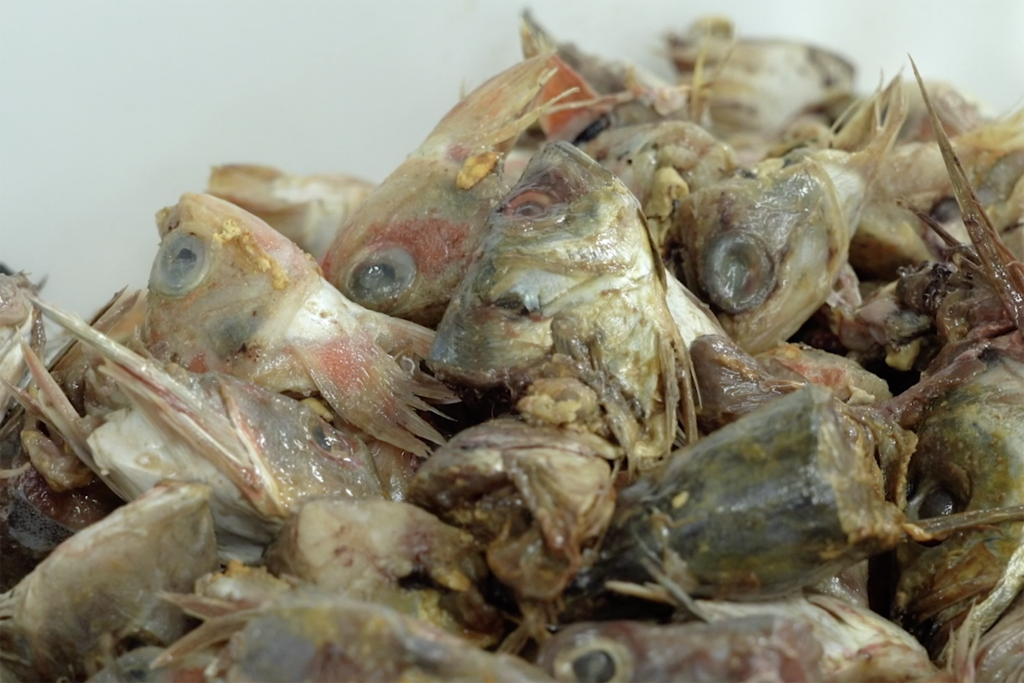
Responsibility
An introduction to circular economy principles in aquaculture
In the latest article from the GAIN project, implementing circular economy principles can help increase the sustainability of aquaculture production.
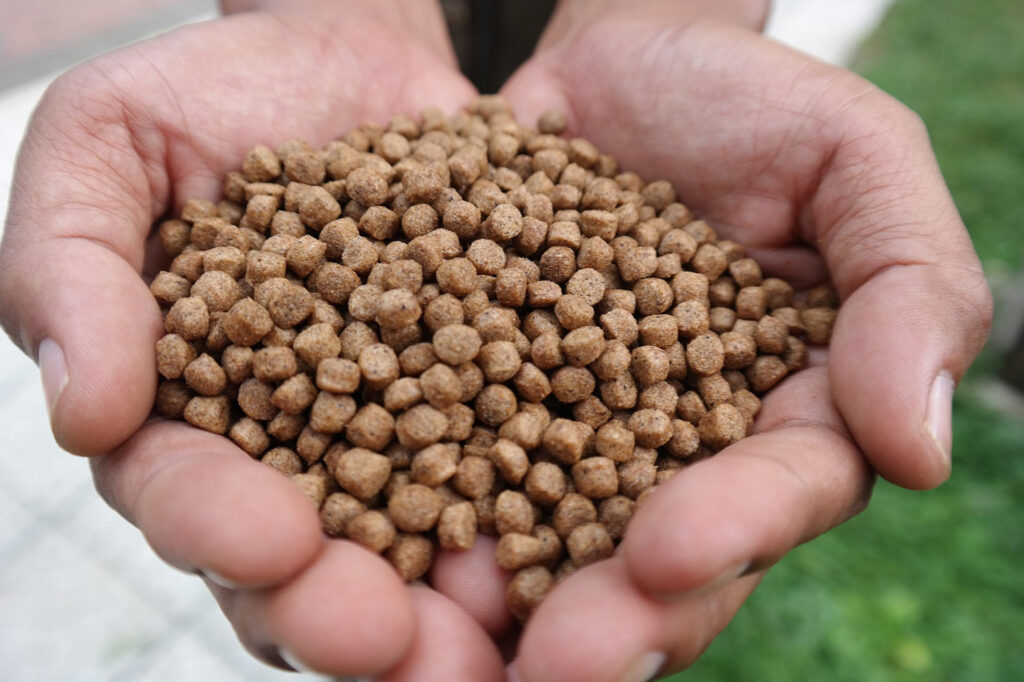
Aquafeeds
A primer on sustainable feeds: Improving aquafeeds for sustainability, fish welfare and human nutrition
Improving aquafeed formulations can augment the sustainability and efficiency of aquaculture production – a new series from the GAIN project.

Aquafeeds
Evaluating lupin seed meal in feeds for Pacific white shrimp
Study evaluates lupin seed meal as a diet component for Pacific white shrimp in feeding experiments in a recirculating aquaculture system.
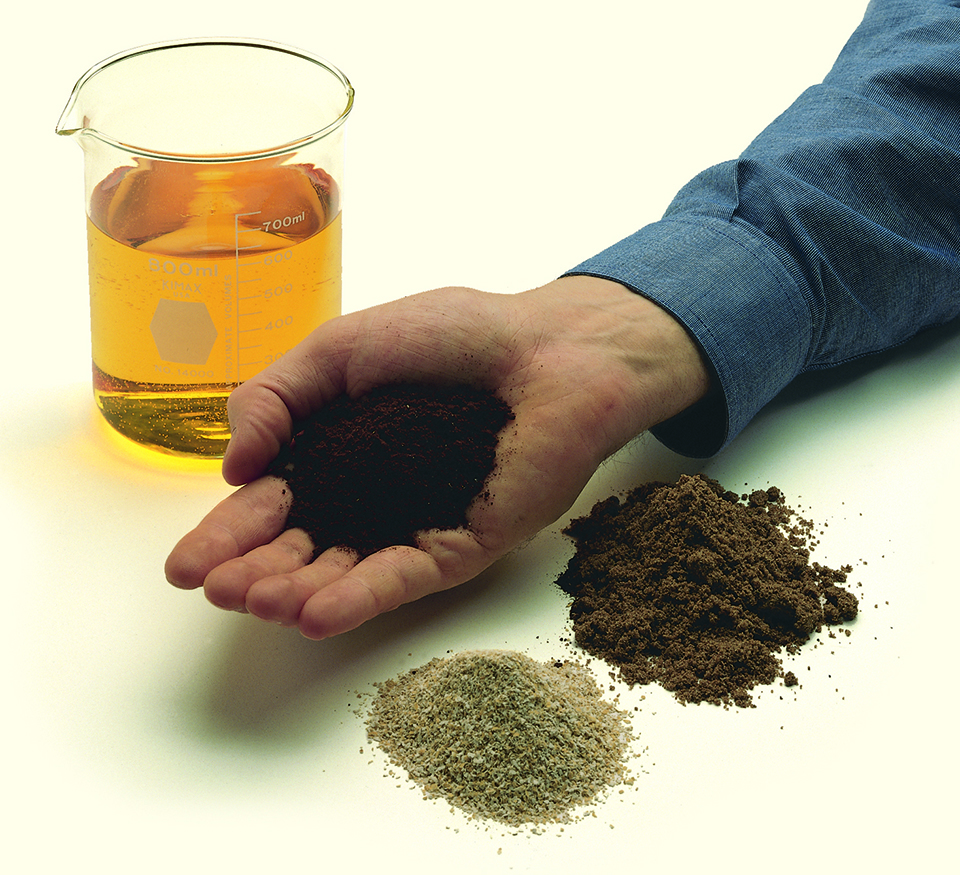
Aquafeeds
Animal co-product hydrolysates sources of key molecules in aquafeeds
Key molecules found in animal byproduct hydrolysates show potential for use as functional ingredients in aquaculture feeds. Animal co-product hydrolysates from slaughterhouse waste and rendered animal byproducts present a protein alternative.



